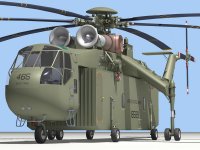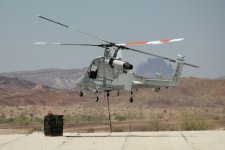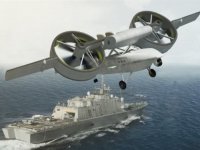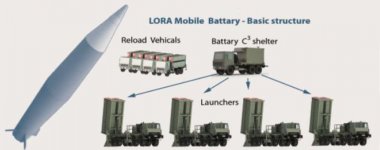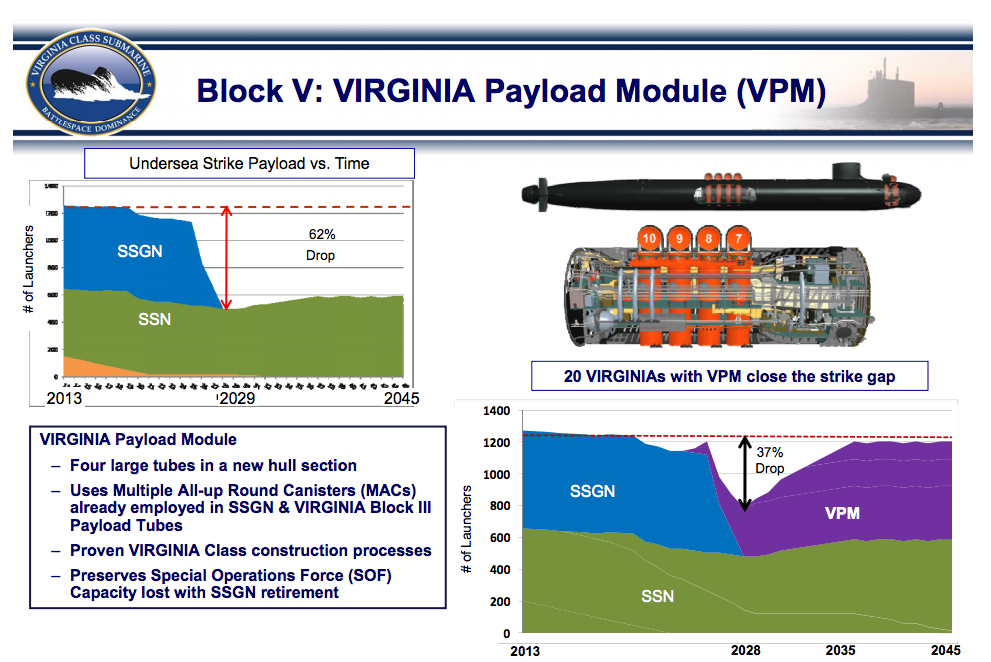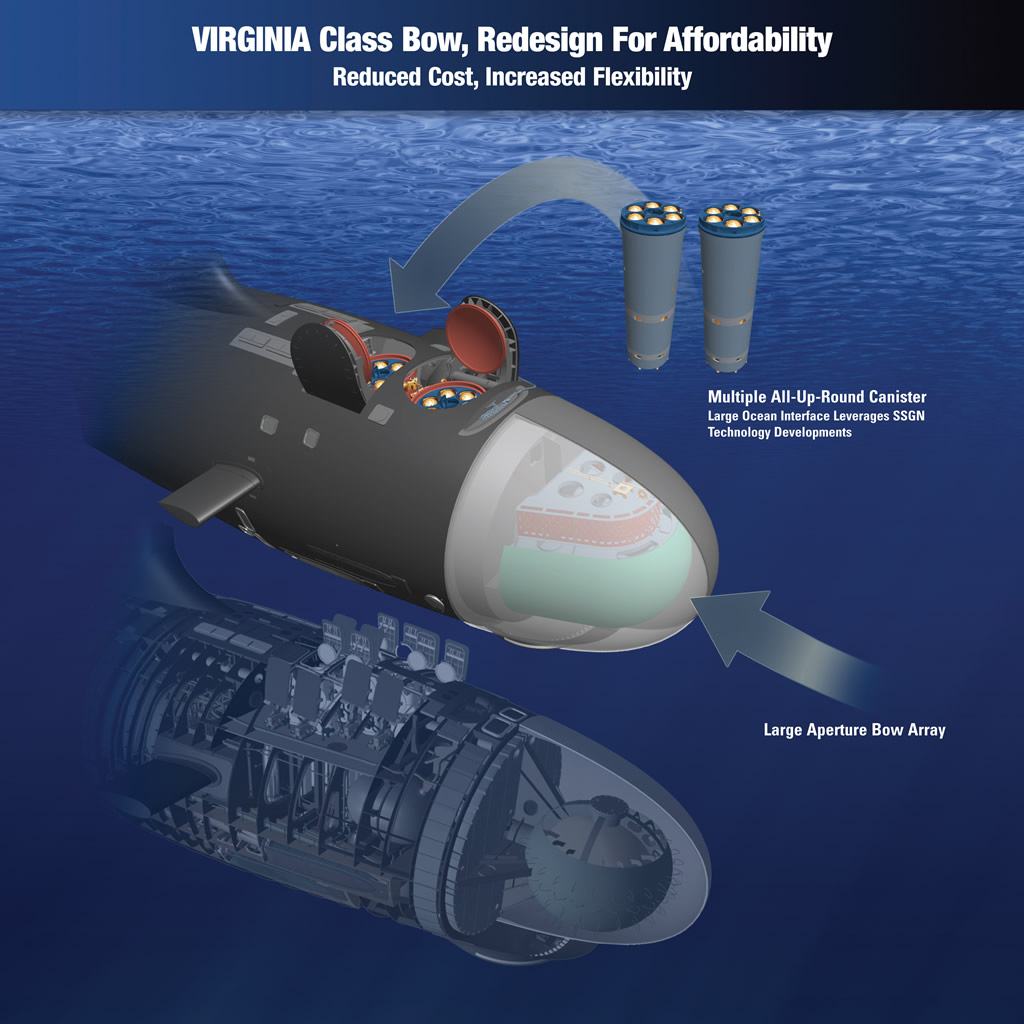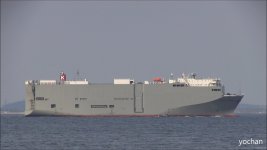- Reaction score
- 7,343
- Points
- 1,160
An interesting article. Does it apply to Canada?
Key Elements:
What does it take to design a fleet?
"Fleet architecture consists of those activities that support the fleet design, to include:
• Presence, surge forces, and force packages
• The processes through which forces are prepared for and recover from deployment
• Bases and facilities that support or host material components of the fleet
• Material components of the fleet, such as ships, aircraft, personnel, weapons, and sensors 4"
The Missile Is the Primary Weapon
Ship Characteristics Are Not That Critical.
The Maritime Operations Center Is a Weapon System
Capabilities Other Than Ships Can Be Decisive.
The Navy’s Strategy Is Based on Factors Other Than Ships.
"Given the length of time the U.S. defense procurement system requires to field new ship types, the Navy cannot base its strategy for maintaining a technology edge on building new types of ships. Rather, it must focus on building ships in a way that they can be easily and rapidly modified to accommodate new sensors and weapons. Weapon and sensor packages must be designed so they can be mixed and matched and easily installed."
https://www.usni.org/magazines/proceedings/2017-06/think-outside-hull
Key Elements:
What does it take to design a fleet?
"Fleet architecture consists of those activities that support the fleet design, to include:
• Presence, surge forces, and force packages
• The processes through which forces are prepared for and recover from deployment
• Bases and facilities that support or host material components of the fleet
• Material components of the fleet, such as ships, aircraft, personnel, weapons, and sensors 4"
The Missile Is the Primary Weapon
Ship Characteristics Are Not That Critical.
The Maritime Operations Center Is a Weapon System
Capabilities Other Than Ships Can Be Decisive.
The Navy’s Strategy Is Based on Factors Other Than Ships.
"Given the length of time the U.S. defense procurement system requires to field new ship types, the Navy cannot base its strategy for maintaining a technology edge on building new types of ships. Rather, it must focus on building ships in a way that they can be easily and rapidly modified to accommodate new sensors and weapons. Weapon and sensor packages must be designed so they can be mixed and matched and easily installed."
Think Outside the Hull
Thinking outside the paradigms of hull shapes and numbers of ships can lead to some interesting concepts for fleet design. First and foremost, modern naval warfare is all about missiles.
In the past year, the subject of fleet architecture has attained front-page status within Navy circles. Chief of Naval Operations (CNO) Admiral John Richardson lit the fuse by issuing a policy document calling for the development of alternative fleet designs. 1 Not long thereafter, Congress mandated the preparation of three independent studies of fleet architecture, which have now been released to the public. 2 Each of the studies, following congressional guidance, produced an alternative concept for how the Navy should look in 2030 and beyond, ultimately resulting in depictions of how many and what types of ships and aircraft the Navy should procure. 3 In September 2016, the CNO asked me to chair a panel to “red team” the studies, examine their assumptions and logic, and develop criteria by which the Navy could judge any architecture proposal. The panel submitted its report to the CNO in March.
The three studies were conducted by teams of experts, using the best information they could obtain and included creative thinking about the problem. Each study incorporated advanced technologies that are in various stages of development to envision a fleet that would be structured and operate differently from that currently defined by the 30-year shipbuilding plan. The panel, while not attempting to pick a winner among the studies, found that each had some good ideas while also incorporating some contestable assumptions and challengeable logic. My key takeaway was that the thinking behind each study was constrained because Congress asked for a listing of numbers and types of ships. One might argue that this is right and necessary because it is the business of Congress to authorize shipbuilding, which of course has significant economic implications for districts. However, that requirement kept the teams from thinking freely about alternatives to a fleet of traditional combatants, which in turn governed the utilization concepts they crafted to underpin the lists of platforms.
There is a different way to approach fleet design and fleet architecture, but first a definition of terms. Fleet design, per Navy definition, is how the fleet fights and wins in any environment, as expressed through concepts, doctrine, and tactics, techniques, and procedures (TTPs). Fleet architecture consists of those activities that support the fleet design, to include:
• Presence, surge forces, and force packages
• The processes through which forces are prepared for and recover from deployment
• Bases and facilities that support or host material components of the fleet
• Material components of the fleet, such as ships, aircraft, personnel, weapons, and sensors 4
The CNO directed that fleet design comes before architecture, indicating that how the Navy plans to fight must be understood before platforms can be designed. There is merit to this notion, but there is also a kind of chicken-or-egg relationship in that there currently exists a fleet that cannot be abandoned to start over, and of course there is a constant percolation of new technologies and evolving threats that must be factored into ship design, which in turn influences operational concepts. The net effect is to channel thinking about new concepts and new architectures through the lens of ships. This makes any concept for fleet design and architecture a matter of adjustments on the margin.
If such adjustments were sufficient to prepare the Navy for future challenges, there would be no need to say more, but they are not. China is intent on creating a multidimensional force that is large and lethal enough to keep the Navy from operating at an acceptable degree of risk within the first, if not the second, island chain. Russia is determined to achieve the same in some of its peripheral seas. These countries are basing their strategies on large arsenals of new, more lethal antiship missiles supported by unmanned vehicles, space assets, and cyber. Whether fired from land, ships, aircraft, or submarines, these missiles and their supporting technologies demand a fundamental rethinking of how our Navy fights, not just from the perspective of countering antiaccess systems, but from a true war-at-sea orientation.
Many senior officers can recall the intellectual churn of the “transformation era,” characterized by calls for “disruptive” thinking and attended by many a priori and unsupportable claims of effectiveness for various concepts such as “effects-based” operations. Actual combat experience in Afghanistan and Iraq revealed the hollowness of such claims. Having experienced the churn first-hand from various positions within the research arm of the Naval War College, I developed a healthy skepticism about rethinking naval warfare. It seems more practical to provide some reasonable baseline propositions about the nature of emerging technology and establish a logic trail that leads to principles of fleet design and architecture.
The first proposition is that future naval combat will center on the missile in all its forms. This is already evident in the number and sophistication of missiles being procured by all parties. The United States has routinely used Tomahawk missiles for land-attack missions that were too dangerous, too distant, or too politically sensitive for manned aircraft. China and Russia, having no credible carrier-based aviation capability, have invested heavily in antiship missiles to achieve some degree of sea denial against the U.S. Navy, which, for its part, is now buying several types of antiship missiles, attempting to catch up with China and Russia.
If the missile becomes the Navy’s decisive offensive weapon, several important factors follow. The first is targeting. The history of naval combat suggests that the force that can strike most effectively from the greatest range gains a significant advantage. This is why carrier-based aviation superseded the large-caliber naval rifle as the decisive war-at-sea weapon in World War II in the Pacific. Dive bombers and torpedo planes could deliver a greater weight of fire at a greater range than naval guns. While modern tactical aircraft have a combat radius of hundreds of miles, missiles are more responsive, and some, like the antiship version of Tomahawk, have twice the strike range of manned aircraft. Missiles, however, cannot be launched without precise target locating and identifying information. This means that a missile-centric force must have high-quality intelligence, surveillance, and reconnaissance for targeting (ISR-T) data to make use of its missiles’ ranges. While individual units may have their own over-the-horizon targeting capabilities, such as unmanned aircraft, the range of such ISR-T data is likely to be less than the full range of the unit’s missiles. Effective targeting from a force-wide perspective requires synthesizing information from many different ISR assets and broadcasting that information to firing units. Moreover, a dispersed and complex enemy force laydown requires efficiency and coordination in the use of offensive missiles. Key to achieving both is a battle force network that includes sophisticated processing nodes to manage the use of missiles force-wide.
Outside-the-Hull Insights
The Missile Is the Primary Weapon. Modern antiship missiles are nowhere near as large as their first-generation forebears. Even relatively small vessels can carry several. The Chinese Houbei-class catamarans, for example, carry eight YJ-83 antiship missiles with a range of more than 100 nautical miles. Moreover, if missiles are housed in a box launcher or a modified shipping container, they could be placed on almost any kind of ship. If the missiles are capable of being launched on remote command, the host vessel may not need to support them in any way other than an electrical power feed. This means that virtually any vessel could be a missile shooter. The key is a network that can supply the ISR-T data.
In the past, a defining characteristic of a capital ship was its ability to deliver a greater weight of fire at a greater distance than any other kind of ship. In the missile age, the network assumes that characteristic. 5 In previous eras, fleet design and architecture revolved around enabling the capital ship to bring its power to bear. In the age of dreadnoughts, cruiser squadrons scouted for and screened the battle line and destroyers protected it from torpedo boats. If the network becomes, at least metaphorically, the Navy’s capital asset, then it is possible to envision a range of combatants, including aircraft carriers, becoming escorts of sorts for the network. The network will require various capabilities for sensing and communications that will be targeted by an enemy using cyber, electronic, and kinetic means. It is likely that the opening shots of a war will orient on a fight for information superiority, so fleet design and its resultant architecture will have to be focused on winning that fight.
Ship Characteristics Are Not That Critical. A question that is currently difficult to answer is how many missiles would be required to put a single combatant—such as a Chinese Luyang III-class destroyer—and, by extension, a whole force out of action. Modern defensive development suggests that a number significantly greater than one missile would be required, but the total is almost imponderable, despite the best simulation algorithms. The implication is that the Navy must be prepared to mount precisely timed multi-missile salvoes and keep feeding a fight with missile reloads. Current vertical launch systems cannot be reloaded at sea, and even if a reload capability were developed, it likely would require a very calm sea state and a lot of time. If, on the other hand, missiles were housed in a shipping container/launcher, a new set of missiles simply could be dropped on deck by a helicopter. Such a capability not only would distribute combat power—complicating enemy targeting and permitting graceful force degradation—but also would simplify combat logistics. Therefore, the second outside-the-hull insight is that the characteristics of offensive (as opposed to defensive) missile-shooting ships are not that critical, although deck area and container storage capacity would facilitate operations.
The Maritime Operations Center Is a Weapon System. The efficient use of missiles across the force is highly desirable. Because the force is (hopefully) firing from over the horizon, it must avoid blue-on-blue engagements, and it must avoid targeting civilian ships. The force also must avoid overkilling some enemy units while failing to engage others. Achieving all these goals requires not only the requisite sensing and communications, but also a high level of processing and decision making across the force. Given the range of modern missiles, this makes the regional Joint Force Maritime Component Commander’s Maritime Operations Center (MOC) a key node. Just as the U.S. Air Force considers its Air Operations Centers weapon systems, the Navy should regard the MOCs as weapon systems. Thus, our third outside-the-hull insight is that the Navy must start thinking about weapon systems across the force as a whole—not simply within the confines of a particular ship.
MTF....
https://www.usni.org/magazines/proceedings/2017-06/think-outside-hull

